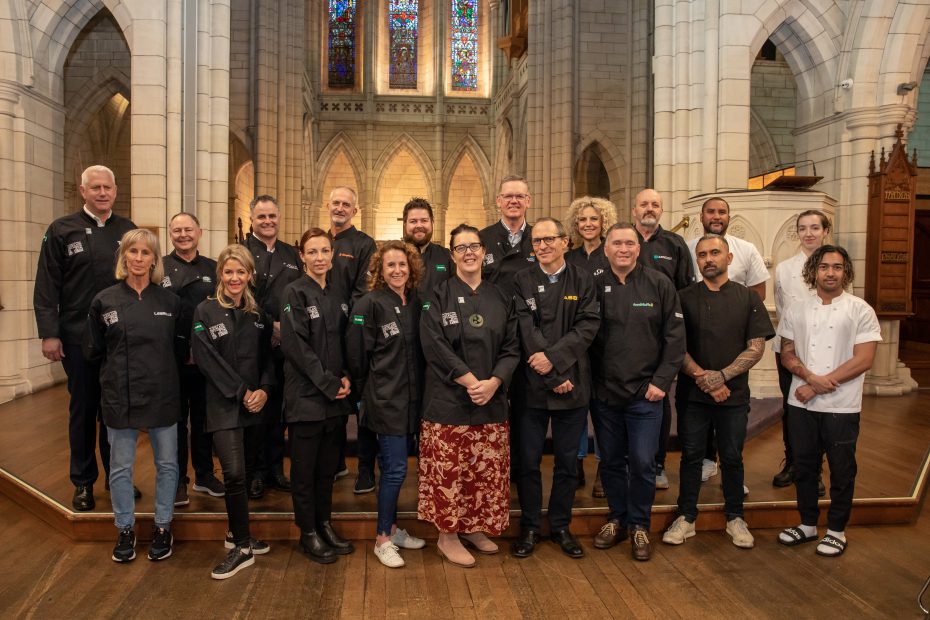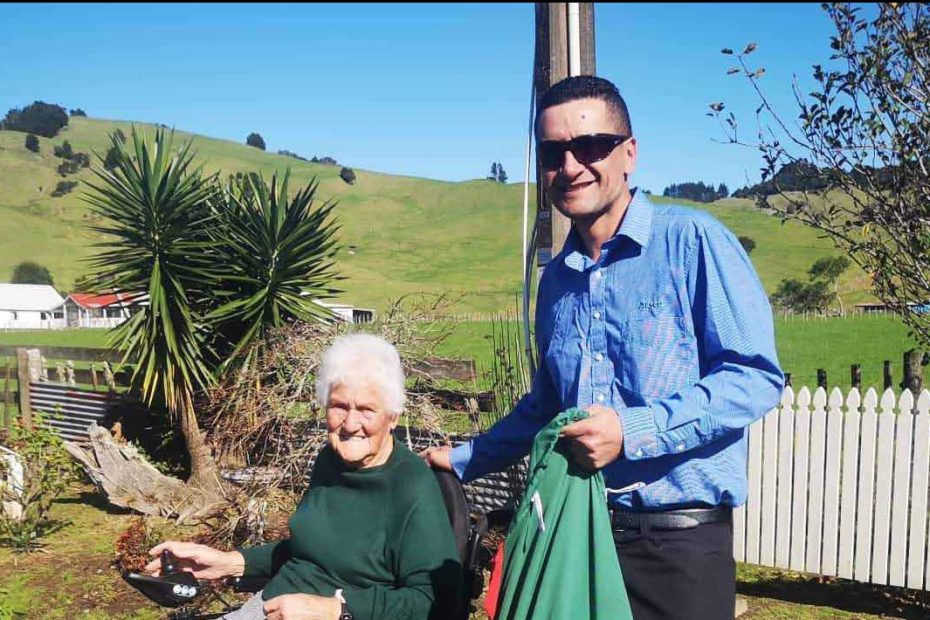Opening a new restaurant or thinking of opening at another location used to be as simple as picking a spot that suits your budget and overall restaurant business plan.
But in today’s environment, it’s important to carefully assess the real estate situation in the area you are considering.
Does the style of your restaurant suit the area’s demographic? Can you afford enough space to make it work? Are there locations that are either under or over saturated with dining options?
As food delivery apps and services become more and more popular, you need to be in a strategic location where you can feasibly offer services like deliveries to customers.
Businesses are increasingly opting for smaller spaces, so you should consider these factors as well as how to negotiate for space in a busy area.
So what other factors should you look into when rethinking restaurant real estate?
Invest in Restaurant Data and Statistics
CFO of New Zealand’s Savor Group, Matthew Sparling, uses data analytics sites such as Qlik to determine which of their restaurants is bringing in profits, has food wastage, needs more resources and so on.
If a large group like Savor is turning to data to run their business, then why shouldn’t small and medium restaurants consider doing the same? When analysing potential restaurant real estate, using reliable data platforms will allow you to see which areas will give you decent profit as well as the average business performance for your target location.
There are also other types of data analysis that can be a part of your restaurant business plan to ensure maximum success.
Recent Industry Sales Projections
According to the Restaurant Association of New Zealand 2018 Hospitality Report, nationwide sales in the hospitality industry in 2018 were well over $11 billion, which is a 3.6% increase from the previous financial year. Sales growth in almost all hospitality sectors grew, with takeaway growing by about 5.7%.
This shows that the restaurant sector in New Zealand is rising steadily, which should give you confidence that you can succeed if you have the right business plan and choose the right location.
Demographic and Location Statistics
When looking into location statistics, find out which towns in New Zealand have shown growth in the hospitality industry. Take the time to check out the locations which will make more business sense. For example, the Restaurant Association of New Zealand has found that the Bay of Plenty and Auckland regions have witnessed the biggest growth across the hospitality sector.
Demographics data involves looking at the age, gender and economic status of your existing customers. Taking an honest look at the demographic that frequents your restaurant will help determine how you will build the business at the target location. About 40% of hospitality vendors are looking to exploit the online route because of the rise of people under 35 looking to order food online.
Check out the Competition
According to the outlet data in the 2018 Restaurant Association of New Zealand Hospitality report, there are over 17,000 hospitality spots in New Zealand. In fact, 534 new outlets opened between 2016 and 2017 alone. Keeping in mind that as of 2017 there were 8,499 restaurants, 5913 and 849 takeaway and catering services respectively, many restaurant owners are seeing more competition than ever in the past 5 years.
When looking for restaurant real estate, data will allow you to opt for smaller or bigger locations or different business models. For example, you can have one main restaurant branch and a smaller takeaway or catering branch. This can save on leases and other costs involved in the restaurant business.
Assess Your Current Restaurant Business
When choosing the next location, you should first monitor your current restaurant business as it stands. Keep in mind that the original business plan could change based on the findings from this assessment, which can be a positive thing in the long run. Some of the areas you can look at during your assessment include:
The Menu: Over the time your business has been in operation, take note of the most requested or popular menu items. Particularly the ones that bring in the most profit. Think of ways to better these items, create variations or change the menu altogether.
Operating Hours: Your current operating hours can affect your next location. Check out the most popular and profitable business hours that bring in the highest number of customers. From this, you can choose to have the next location open within these hours or find ways to bring in more customers outside of these hours.
Interestingly, 75% of customers would go to a restaurant at off-peak hours to enjoy deals and discounts. Constant data analysis is important to ensure that the real estate selected works for your business.
Find the Best Location for Your Restaurant
- Check how expensive your target location is – There are locations that are usually more expensive than others, which means your expenses could vary based on your choice. You must look at your financial situation and choose a spot that fits within your budget.
- Research on Customer Traffic – Restaurants are profitable largely due to the number of customers who dine in or take out. You need to find out how busy the location you are choosing is in general. The Restaurant Association of New Zealand 2018 Hospitality report states that 90% of people prefer to visit restaurants, while only 66% prefer visiting supermarkets for grocery shopping, suggesting more people prefer to eat out than to prepare their meals at home.
- Visibility and Accessibility of the Location – Restaurants need to be visually appealing and accessible in order to make it a success. Think about the renovation of a site when getting a new location. In addition, look at the accessibility and security in the area to ensure that customers will be able to not only see the restaurant but also find and access it easily.
- Test out the Location with a Pop Up Restaurant – The best litmus test when looking for a new restaurant location is to try out pop up restaurant in the area. You will be able to get feedback on the customer traffic, your menu, and also have a rough idea of what it takes to run a restaurant at the pop up location. To help ensure this is as useful as possible, focus on a strong marketing campaign to generate a buzz as you can – especially via social media or even letterbox drops. People love something new, so make that play in your favour.
Photo: StockSnap


